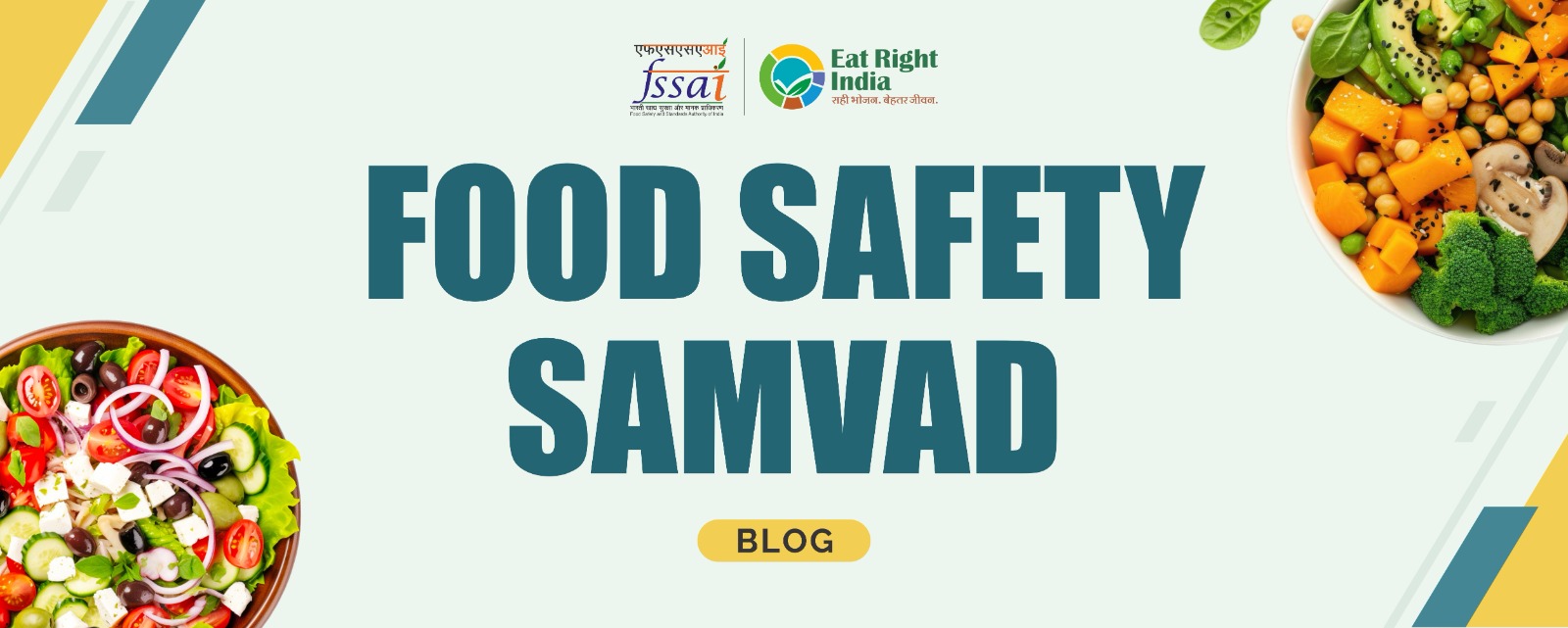
How to have a Vigil on Ultra Processed Foods
Glad to share my views about the Ultra Processed Foods
The issue of recent times cropping up and capturing the attention of the consumers.
Classification of Foods as per NOVA
Before getting into the details, let us understand how the food items are classified based on the processing techniques. According to NOVA, a food classification system, foods and beverages are classified into four groups based on the extent and purpose of industrial processing:
- Unprocessed and minimally processed foods
- Processed culinary ingredients
- Processed foods
- Ultra-processed foods
We know almost large quantity of the food items are processed to some extent, at least by preservation, so we cannot criticize the foods as being processed.
Type I: Unprocessed or natural foods consumed in its original form such as fruit, leaves, stems, seeds, roots, muscle, eggs, milk. Minimally processed foods are again natural foods but altered by methods that help remove inedible or unwanted parts, through processes like drying, grinding, filtering, roasting, boiling, chilling, and freezing. These processes help preserve or extend the shelf life of food.
Type II: Processed culinary ingredients include oils, butter, sugar, and salt. These substances are derived from Type I category of foods by processes such as pressing, refining, grinding, milling, and drying.
Type III: Processed Foods are industrial products made by adding salt, sugar or other substance found in Type 2 to Type 1 foods, using preservation methods which includes canned or bottled vegetables or legumes (pulses), some types of processed animal foods, freshly baked breads, and cheeses. The processing implies here to increase the longevity of Type 1 foods and make them more palatable.
Type IV: Ultra-processed foods are formulations of ingredients, made by a series of industrial techniques and processes (hence ‘ultra-processed’).
They are typically energy-dense products, high in sugar, unhealthy fats, and salt, and low in dietary fibre, protein, vitamins, and minerals.
The processes and the ingredients/additives used in the manufacturing of ultra-processed foods make them highly convenient, ready-to-eat, imperishable, hyperpalatable for consumers and highly profitable (low-cost ingredients, long shelf-life) for the manufacturers.
Its branding and ownership by transnational corporations, and aggressive marketing provides enormous market advantages for these foods over all other NOVA food groups.
Examples of Ultra-processed Foods
Some common ultra-processed products are:
- Carbonated soft drinks
- Packaged sweet, fatty, or salty snacks
- candies (confectionery)
- Mass produced packaged breads and buns, cookies (biscuits), pastries, cakes and cake mixes
- Margarine and other spreads; sweetened breakfast ‘cereals’ and fruit yoghurt and ‘energy’ drinks
- Pre-prepared meat, cheese, pasta and pizza dishes
- Poultry and fish ‘nuggets’ and ‘sticks’; sausages, burgers, hot dogs and other reconstituted meat products
- powdered and packaged ‘instant’ soups, noodles and desserts & many other types of product
How is it Different from a Normal Balanced Food?
Normal food contains balanced amount of required nutrients whereas HFSS foods/ultraprocessed foods contain less amounts of proteins, vitamins, phytochemicals, minerals, and dietary fiber but are rich in fat (especially saturated fatty acids), salt and sugar and high in calories.
These are typically nutritionally unbalanced and liable to be over-consumed. It also has a negative impact on health if consumed regularly or in excessive amounts. Few experimental studies stated that ultra-processed foods have high glycemic responses and low satiety potential.
Consumption of ultra-processed foods combined with poor physical activity has a meaningful relationship with NCDs such as obesity, diabetes, and cardiovascular diseases (CVDs).
How to identify that a food is Ultra processed Foods?
The presence of one or more food substances not used in kitchens or rare culinary use & Presence of “cosmetic additives” can help to identify a product as ultra-processed.
How did this shift from traditional to processed happen?
There is a universal shift from consumption of traditional home cooked food to more processed foods due to the following.
- Rising income
- Increased purchasing power
- Urbanization & Globalization of food trade
- Growth of the modern food sector & Marketing strategies
- Changing consumer interests, food habits, food processes & lifestyle
Where are we now?
The processed food industry emerges as an important sector & also vital for reducing food loss and to the shelf-life of agricultural produce. India was the third-largest retail market in the world. In the past, we focused on achieving food security, now on nutrition security. Studies have raised concerns related to the adverse health impact of ultra-processed foods and their correlation to growing cases of NCDs.
How can we manage this?
Globally, countries have adopted policy interventions to promote healthy diets or reduce the consumption of unhealthy food such as
- Comprehensive nutrition policy
- Higher taxes on unhealthy food and lower taxes or subsidies/incentives for healthy food products
- Nutrition labelling for guiding consumers towards right purchases
- Awareness programmes
- Regulations on limiting advertising/marketing of ultra-processed foods
- Placing reasonable restrictions on marketing, especially to children on television and other media, like prohibiting junk food commercials between 6 am to 10 pm
Key takeaways – Aware, Analyse & Act
- Execution of such policies/programmes involves multiple stakeholders, including Policymakers, Food experts, Industry & consumer bodies, NGOs, etc. It is a time intensive process. Let us hope for the same, but nonetheless as a responsible citizen, each one of us can teach one.
- It may be impossible to completely avoid/ devoid of this palatable/irresistible food, but we can train our tongue and consume it less frequently in moderation.
- Let us make it as a habit to relish occasionally with appropriate portion size/ control.
- Few studies have consistently revealed a strong relationship between health and happiness. Such a relationships are found to be more statistically robust than that between happiness and income.
- The most valuable thing that we can give to our family is staying fit & being healthy. On par with the saying Charity begins at home, we can be the role model for the generation next, by imbibing healthy eating habits by bringing back the tradition and understanding the cultural value of our food systems.
Jointly we will spread the word, rebuild the Traditional Food Repository, and emphasize its importance.

.png)
